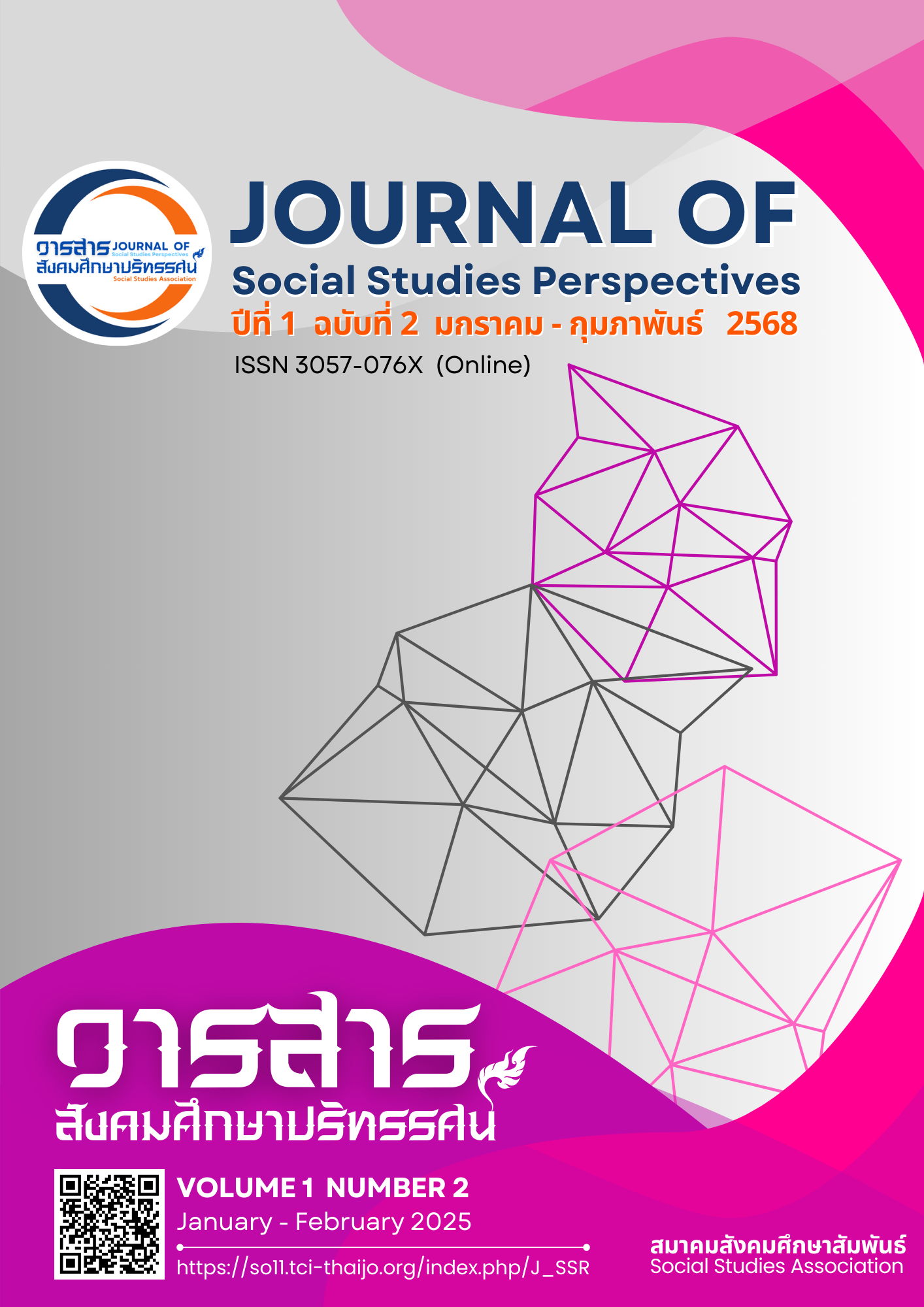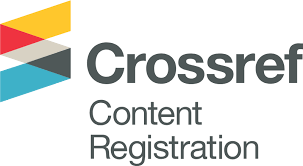NEW APPROACHES TO ENHANCING TEACHERS' KNOWLEDGE AND UNDERSTANDING IN THE DIGITAL ERA THROUGH THE APPLICATION OF AI GRADESCOPE FOR STUDENT ASSESSMENT
DOI:
https://doi.org/10.64186/jsp1295Keywords:
New way of life, Knowledge and understanding, Digital teachers, AI Gradescope, Student evaluationAbstract
This academic article discusses the characteristics of AI Gradescope, principles of application in student assessment, limitations and differences between Gradescope Basic and Gradescope Institution, comparison between AI Gradescope and other programs, principles, and theories related to the application of AI Gradescope in learning management, and the potential of AI Gradescope to affect teacher competence. The knowledge from this article will play an important role in the education sector in developing teacher competence in using Gradescope for student assessment, in line with the competence of digital-age teachers according to the Ministry of Education's 2024 operational plan, which focuses on teachers being academically prepared, learning management skills, and using technology and innovation through various online platforms. The new way to increase the competence of digital-age teachers is to use AI Gradescope to assess students by scoring and checking student work. This tool helps increase assessment efficiency and reduce teachers' workload, allowing teachers to have more time to focus on developing student skills. In addition, AI helps students' assessment, allowing teachers to provide feedback quickly and in line with teaching and learning goals, which is an important factor in developing students' skills and understanding in the digital age. The results of the AI GradeScope platform examination will save teachers time in examining the work assigned to students by up to 30-60%. The potential of using AI technology will affect the core competencies of teachers as specified by the Ministry of Education, namely focusing on the results of work performance, enabling the evaluation of students to be fast and efficient, and enabling improvement, development, and review of academic achievement.
References
Columbia University. (2024). Creating Assignments and Grading Online with Gradescope. Retrieved December 20, 2024, from https://ctl.columbia.edu/resources-and-technology/teaching-with-technology/teaching-online/gradescope/ Educational Innovation Area Act, B.E. 2562. (30 April 2019). Thai government gazette.Volume 136, Part 56 A, pages 102-120.
ETS KMUTT. (2024). Review of Gradescope, an intelligent assistant for checking and calculating scores. Retrieved December 20, 2024, from. https://www.youtube.com/watch?v=vfnepIPf8ms
ETS Tech Integration. (2024). Gradescope, an intelligent assistant for easy grading and fast grading. Techintegration. Retrieved December 20, 2024, from https://techintegration.ets.kmutt.ac.th/
Evalpowertool. (2023). Gradescope. evalpowertools. Retrieved December 20, 2024, from https://evalpowertools.com/gradescope/
Generoso, A. (2023). The Ultimate Guide to Classroom AI in 2023. Retrieved December 20, 2024, from Class point. https://www.classpoint.io/
Himaklas W. (2023). A literature review on the use of AI in education. Public Policy Studuies Institute Foundation. Retrieved December 20, 2024, from https://www.khonthai4-0.net/system/resource/
Hurskaya, V., Mykhaylenko, S., Kartashova, Z., Kushevska, N., & Zaverukha, Y. (2024). Assessment and Evaluation Methods for 21st Century Education: Measuring What Matters. Futurity Education,4(4).4-17.https://doi.org/10.57125/FED.2024.12.25.01
Jesada Ratanayothin, Kanyanart Chongphueangklang, Monmanat Sutsin, Korakamon
Choochuay, Sumalee Thienthongdee, & Araya Lee. (2021). The effect of using Kahoot as a formative assessment tool in the 4E×2 instructional model on students' academic achievement and analytical thinking skills. Journal of Science and Science Education, 4(2), 264-278.
LearningMate. (2025). AI Workbench & Kadal Platform. LearningMate. Retrieved January 8, 2025, from https://learningmate.com/
Klangjai S. (2023). AI and Future Education 2030: Opportunities and Challenges in Learning. ETS. Retrieved December 20, 2024, from https://www.ets.kmutt.ac.th/post/ai-in-education
McFarland, A. (2024). Top 10 Best AI Tools for Education. Unite.AI. Retrieved January 8, 2025, from https://www.unite.ai/th/
Office of the Basic Education Commission. (2023). Transforming Schools: Creating a Model for Teacher Innovation to Student Innovation through Active Learning with the GPAS 5 Steps Systematic Thinking Process in the Eastern Region. OBEC. Retrieved January 8, 2025, from https://www.obec.go.th/archives/813160
Pinijnuek, R. (2022). Management of teaching and learning under the COVID-19 situation. Sri Lanchang Research Journal, 2(7), 53–61.
Ratanayothin, J., Chongphueangklang, K., Sutsin, M., Choochuay, K., Thienthongdee, S., & Lee, A. (2021). The effect of using Kahoot as a formative assessment tool in the 4E×2 instructional model on students' academic achievement and analytical thinking skills. Journal of Science and Science Education, 4(2), 264–278.
Rattanaporn Pinijnuek. (2022). Management of teaching and learning under the COVID-19 situation. Sri Lanchang Research Journal, 2(7), 53-61.
Sittisak, R., Arunseevakul, A., Bangtho, K., Jai-oun, K., & Damsri, C. (2022). Development of primary school students' mathematical thinking skills using Scratch program. Suratthani Rajabhat University Journal, 9(1), 141–158.
starfishclass. (2025). Starfishclass. Retrieved January 2, 2025, from https://www.starfishclass.com/web/#feature
Turnitin. (2024). gradescope. gradescope. Retrieved January 4, 2025, from https://www.gradescope.com/
Downloads
Published
How to Cite
Issue
Section
Categories
License
Copyright (c) 2025 Journal of social studies perspectives

This work is licensed under a Creative Commons Attribution-NonCommercial-NoDerivatives 4.0 International License.
The article is published under the Creative Commons Attribution-NonCommercial-NoDerivatives 4.0 International (CC BY-NC-ND 4.0) license, which allows others to share the article while giving appropriate credit to the author. It prohibits the use of the article for commercial purposes or the creation of derivative works. Any other reuse or reproduction requires permission from the journal.









